-
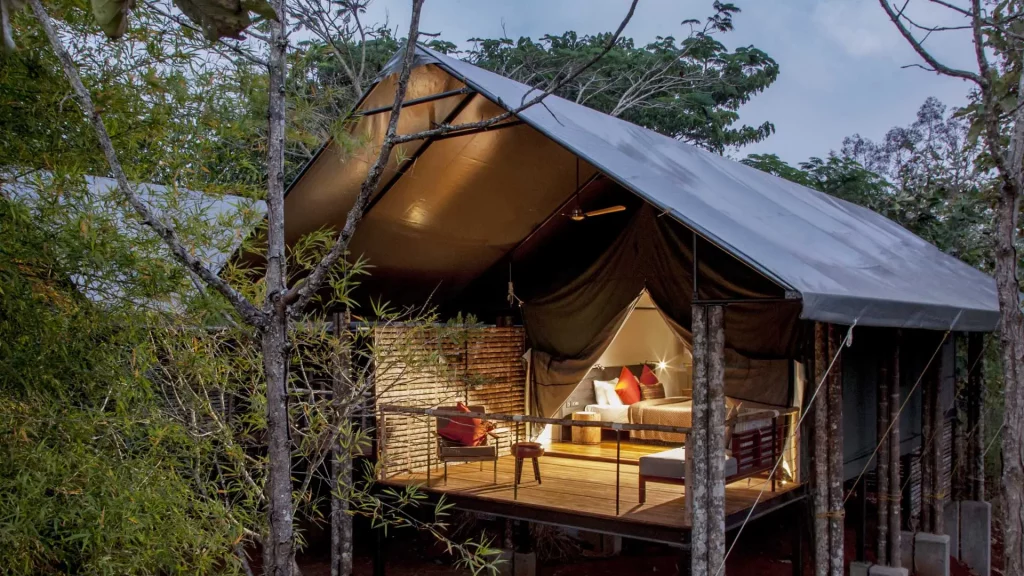
Weekend Getaway Destinations Near Bangalore Within 300 Kms
Living in Bangalore, one of India’s busiest metropolitan cities, often calls for a refreshing break from the hustle and bustle. Fortunately, the city is strategically located amidst a treasure trove of natural beauty, historical landmarks, and serene retreats. Whether you’re a nature lover, an adventure enthusiast, or someone seeking tranquility, there are plenty of weekend…
-
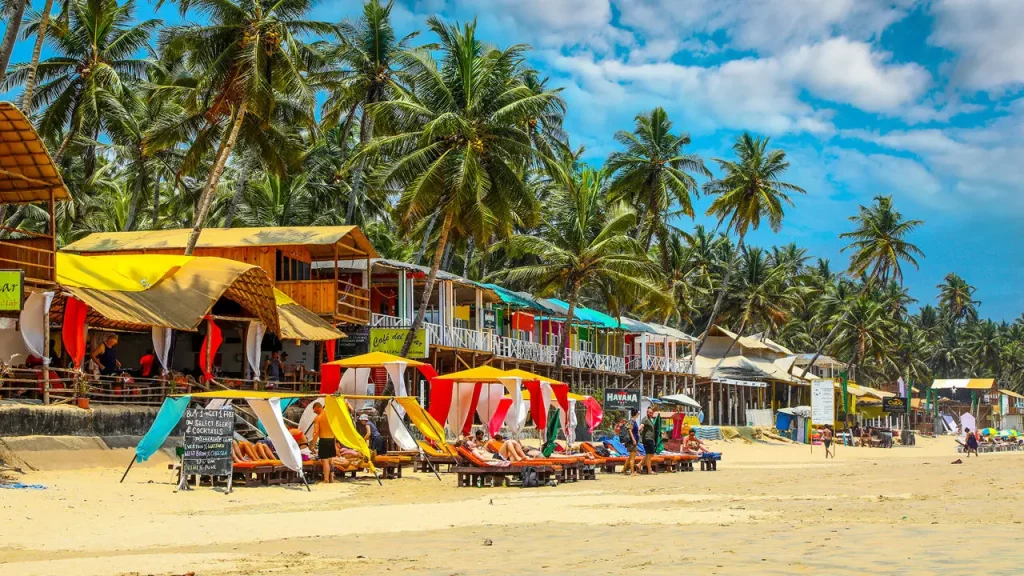
The Ultimate Goa Travel Guide: Everything You Need to Know Before You Go
Introduction to The Ultimate Goa Travel Guide Goa—India’s sunshine state—is a dazzling cocktail of beaches, history, culture, nightlife, and natural beauty. Whether you’re a partygoer, a nature enthusiast, a culture vulture, or a honeymooner, Goa caters to every kind of traveler. This tiny state on India’s western coast has something magical that keeps people coming…
-
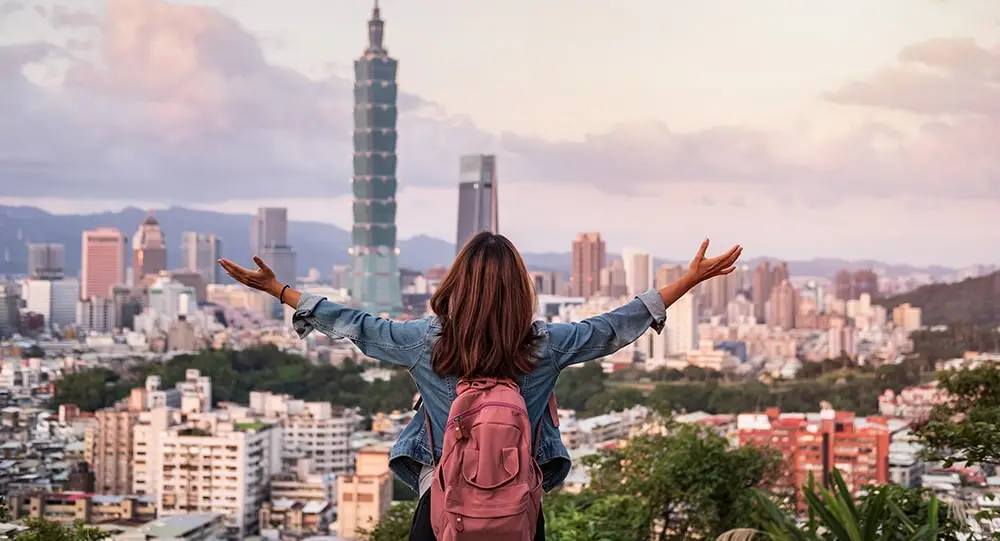
Taiwan Travel Guide: Explore the Heart of Asia
Taiwan Travel Guide: Taiwan, known as the “Heart of Asia,” is a vibrant island country that combines stunning natural beauty, rich cultural traditions, bustling night markets, modern cities, and incredibly warm hospitality. This travel guide covers everything you need to know to plan your perfect trip to Taiwan—from when to go, what to see, and…
-

Vietnam Honeymoon Guide: The Ultimate Romantic Escape
Vietnam is a land where ancient traditions blend seamlessly with breathtaking landscapes and vibrant cultures. Nestled in the heart of Southeast Asia, this country offers a perfect mix of romantic serenity, exotic adventures, and affordable luxury—making it one of the most underrated yet stunning honeymoon destinations in the world. From idyllic beaches and lush green…
-

The Best Cruise Destinations in Asia: A Voyage Through Culture, Nature, and Adventure
Asia is a vast continent bursting with diversity — from ancient temples and bustling metropolises to tranquil beaches and lush rainforests. For travelers who crave a blend of cultural exploration, natural beauty, and luxurious relaxation, cruising through Asia offers a one-of-a-kind adventure. Whether you’re sailing the turquoise waters of Southeast Asia or exploring the dynamic…
-
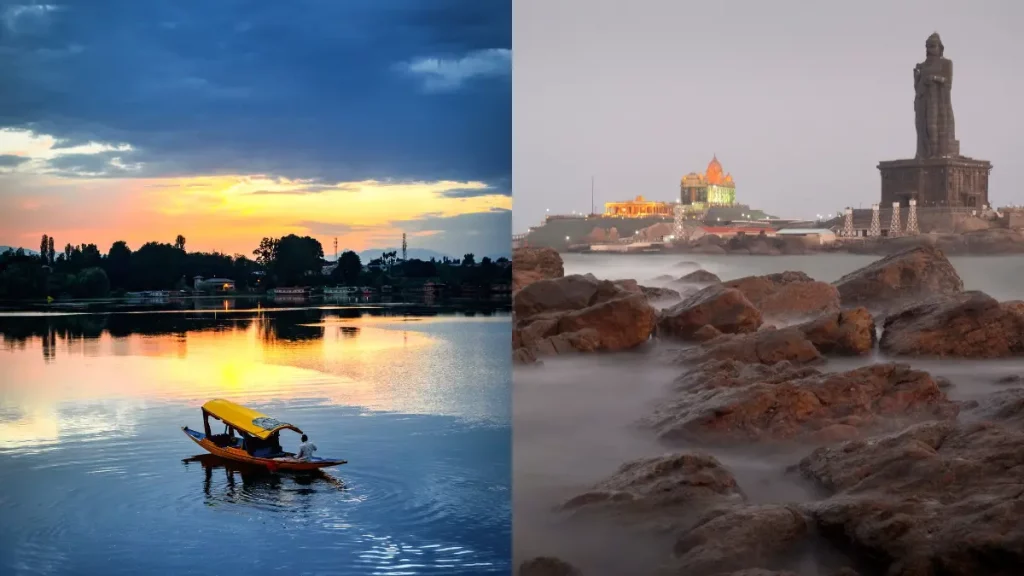
A Cultural Odyssey: Journey Through India from Kashmir to Kanyakumari
India is more than a country — it’s a vibrant tapestry woven from thousands of years of history, religion, art, music, and diverse ethnic traditions. From the snow-draped peaks of Kashmir in the north to the sun-kissed shores of Kanyakumari in the south, India offers a cultural journey that is as mesmerizing as it is…
-

Popular Cruise Destinations in the World: The Ultimate Guide
Cruising is one of the most luxurious and relaxing ways to explore the world. Whether you’re gliding through the pristine waters of the Caribbean, navigating the majestic fjords of Norway, or marveling at glaciers in Alaska, cruises offer a unique blend of adventure and comfort. With countless ports of call across the globe, choosing your…
-
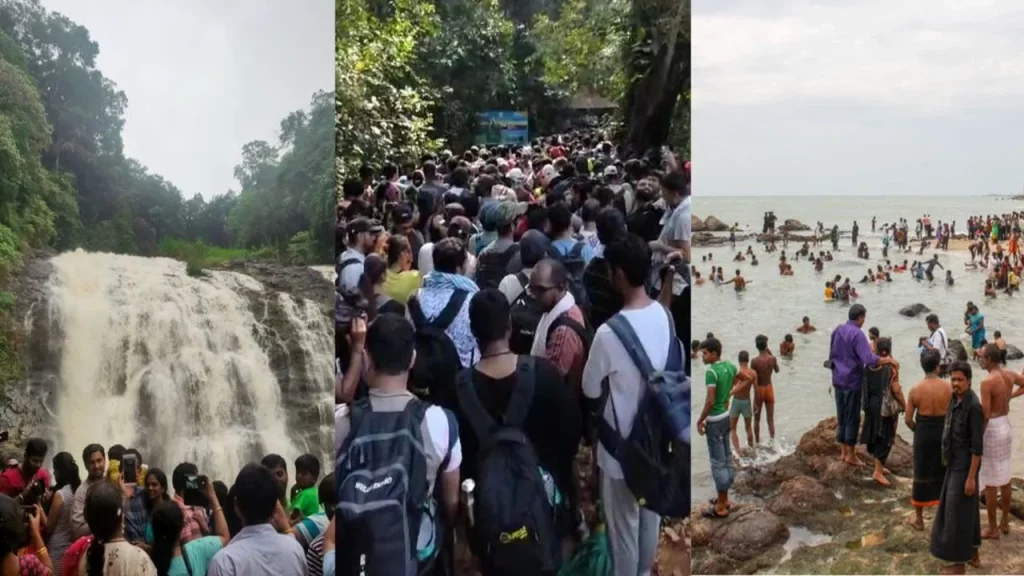
Over Tourism in India: Causes, Consequences, and Solutions
Over tourism occurs when the number of tourists in a destination exceeds its capacity to handle them sustainably, leading to negative impacts on the environment, local communities, and cultural heritage. In India, a country with a rich cultural tapestry and diverse natural attractions, over tourism is a growing concern in several iconic destinations. Causes of…
-
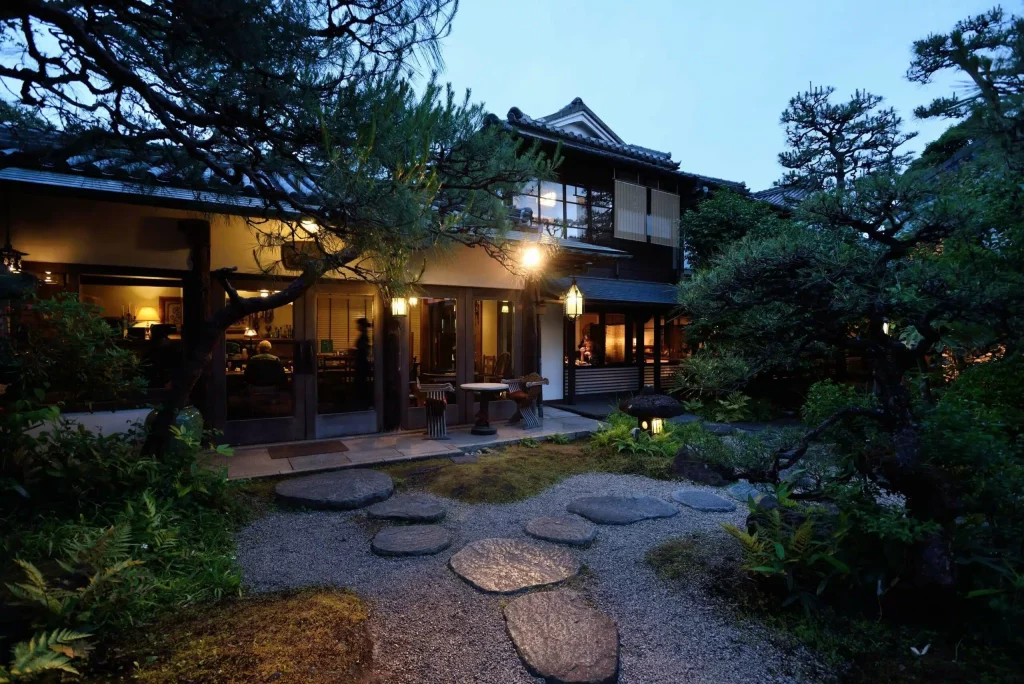
Avoid Tourist Crowds by Staying Away
Avoiding tourist crowds while traveling can make for a more authentic and relaxed experience. Here are some strategies to help you find places where tourists are less likely to go: 1. Stay in Local Neighborhoods, Not Tourist Centers 2. Visit During Shoulder Season 3. Choose Less Popular Alternatives 4. Stay in Eco-Lodges or Rural Homes…
-
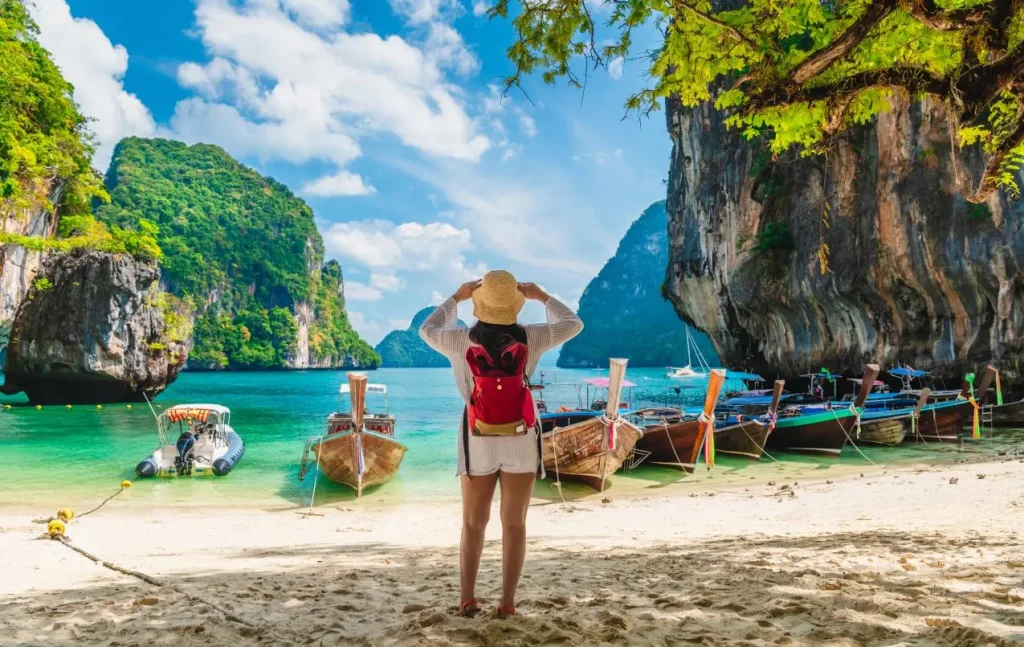
The Ultimate Travel Guide to Thailand
Thailand is a land of vibrant culture, stunning landscapes, delicious cuisine, and friendly locals. Whether you’re a backpacker on a budget or a luxury traveler, Thailand has something to offer everyone. From bustling cities and ancient temples to idyllic beaches and tropical jungles, here’s your ultimate guide to exploring the best of Thailand. 1. Key…
Category: Vacation
Search
Categories
- Beach Tourism (50)
- Camping (20)
- Destinations (123)
- Domestic Holidays (22)
- Ecotourism (35)
- Food (5)
- Heritage Sites (28)
- Holidays (34)
- International Holidays (27)
- Karnataka Tourism (18)
- Kerala Tourism (7)
- Luxury Hotel (13)
- Places to visit (73)
- Things To Do (76)
- Travel (123)
- Vacation (48)
- Weekend Getaways (34)
- Wellness Holiday (13)
- Workation (3)